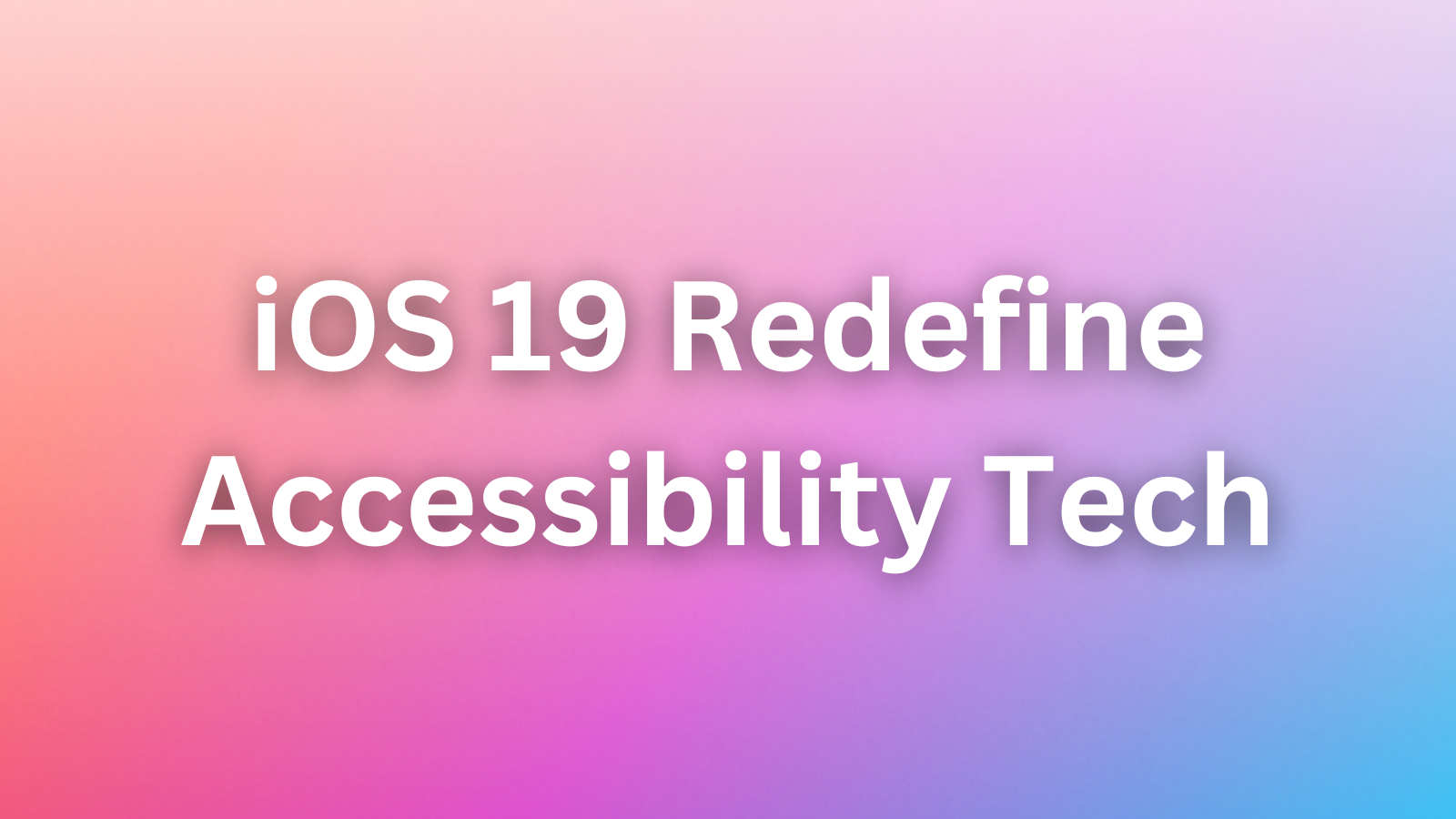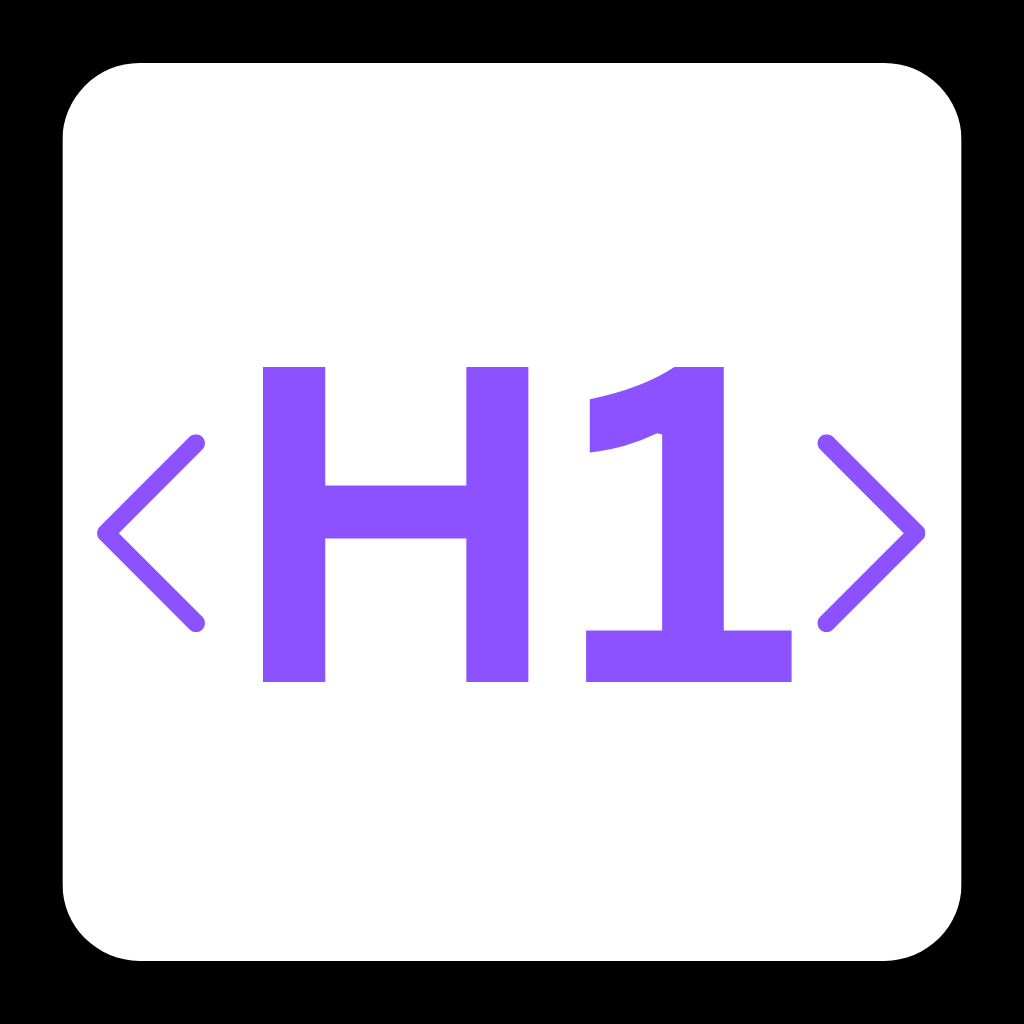Is iOS 19 About to Redefine Accessibility Tech? Apple’s Next Move Revealed

Apple’s Pre-WWDC Surprise: Why Accessibility Features Are Stealing the Spotlight
Apple’s WWDC 2025 keynote is still weeks away, but the tech giant might drop its first iOS 19 bombshell as early as next week. Following a pattern set since 2023, Apple is expected to preview groundbreaking accessibility features ahead of its June event—a strategic move to streamline its packed keynote. But what’s driving this shift, and how could these updates change the game for millions? Let’s dive in.
🌍 The WWDC Overload Problem: Too Much to Show, Too Little Time
Apple’s keynotes have ballooned in scope, forcing the company to prioritize sneak peeks. Here’s why:
- 📅 Six OS Updates + Hardware: With iOS, iPadOS, watchOS, macOS, tvOS, and HomePod firmware to cover—plus potential hardware launches—Apple can’t showcase everything live.
- ⏳ Accessibility Gets Buried: Niche but critical features like Eye Tracking (2023’s standout) risk getting lost in flashier AI or design announcements.
- 🔍 Strategic Teasing: Early reveals generate buzz without overshadowing marquee features like Siri’s rumored AI overhaul.

✅ Apple’s Playbook: Early Accessibility Drops = Win-Win
By previewing accessibility tools early, Apple achieves three goals:
- ✅ Inclusivity First: Highlights Apple’s commitment to users with disabilities—a key brand differentiator.
- ✅ Keynote Efficiency: Frees up stage time for iOS 19’s headliners (think AI integrations or Vision Pro synergies).
- ✅ Media Momentum: Creates multiple news cycles instead of a one-day WWDC splash.
Last year’s pre-announced Eye Tracking feature—a privacy-focused, AI-powered tool for navigating iPhones/iPads with eye movements—showcased this strategy’s success. All data stayed on-device, appealing to privacy-conscious users.
⚠️ Challenges: Can Apple Keep Raising the Bar?
While the early-accessibility trend works, hurdles remain:
- 🚧 Innovation Pressure: After Eye Tracking, expectations are sky-high. What’s next? Brainwave controls? Haptic gesture expansion?
- ⏰ Timing Risks: If iOS 18.5 (expected May 13-15) has bugs, early iOS 19 teasers could backfire.
- 💡 Feature Parity: Will new tools work across all devices? Older iPhones may lack sensors for advanced features.
🚀 Final Thoughts: A New Era of Inclusive Tech?
Apple’s pre-WWDC accessibility teases aren’t just marketing—they’re reshaping how tech giants approach product launches. If iOS 19’s rumored features (like expanded Voice Control or AI-driven sound recognition) deliver, they could:
- 📈 Boost Loyalty: Deepen trust among users with disabilities.
- 🚀 Pressure Competitors: Force Google and Samsung to prioritize accessibility earlier in development.
- 🎯 Humanize Tech: Prove that innovation isn’t just about speed or specs—it’s about empowering everyone.
What do YOU think? Should Apple keep previewing accessibility features early—or save surprises for the big stage?
Let us know on X (Former Twitter)
Sources: José Adorno. Apple might announce the first new iOS 19 features next week, May 2025. https://bgr.com/tech/apple-might-announce-the-first-new-ios-19-features-next-week/










